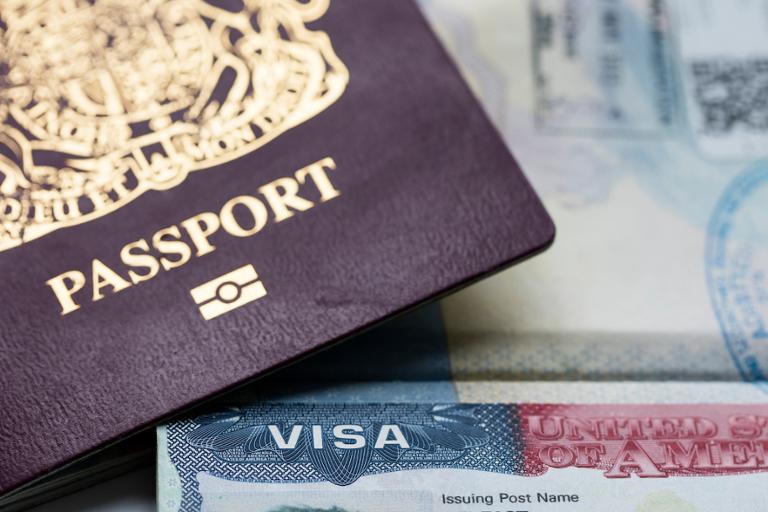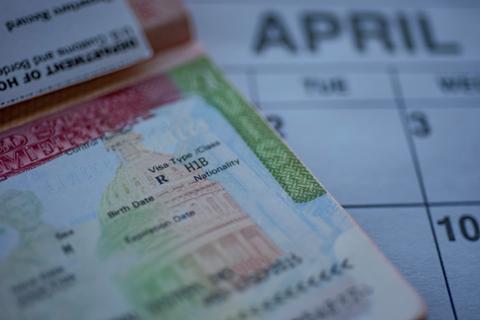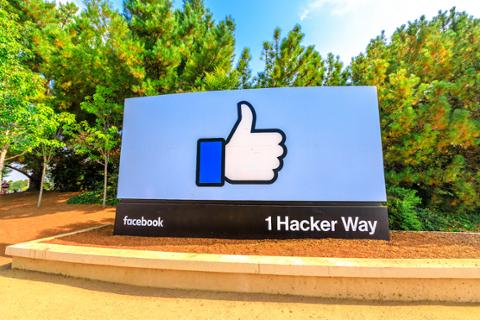There are more than 1.2 million active vacancies for computer-related jobs in the United States, up 15 percent from six months ago. The National Foundation for American Policy (NFAP) argues that gap illustrates the need for the H-1B, but critics of the visa would likely disagree.
“Even if one adopts a zero-sum approach, there are more than 20 times as many job vacancy postings in computer occupations today as new H-1B petitions typically used by companies in computer occupations each year,” NFAP wrote in a new policy brief. “Companies have an ongoing need for more highly skilled professionals to grow, and an insufficient number of available workers slows growth in the U.S. economy.”
Here’s the organization’s breakdown of the job-vacancy data:
“Restrictions on employing high-skilled foreign nationals remain significant,” the brief added. “In March 2021, employers filed 308,613 H-1B registrations for cap selection for FY 2022 for only 85,000 H-1B petitions (65,000 plus a 20,000-exemption for individuals with an advanced degree from a U.S. university) … That means over 72 percent of H-1B registrations for high-skilled foreign nationals were rejected even before an adjudicator evaluated the application.”
However, critics argue that the current H-1B system remains fundamentally flawed. “Current H-1B implementation promotes usability at the expense of filling skills gaps and protecting workers,” Dr. Ronil Hira, an associate professor at Howard University, said in his statement before a House Judiciary Committee in July. “As a result of these choices, the majority of H-1B workers are competing with, rather than complementing, the US workforce. Their hiring and employment are adversely affecting the wages and working conditions of U.S. workers. Further, the lack of adequate protections mean H-1B workers are frequently subject to exploitation.”
In other words, critics don’t feel that the H-1B is the right tool to fill vacancies, and many of the companies utilizing the visa might use it to undercut the salaries of existing workers. Much will hinge, of course, on the Biden administration’s new visa policies—and whether it chooses to embrace things such as wage-based visa distribution.



